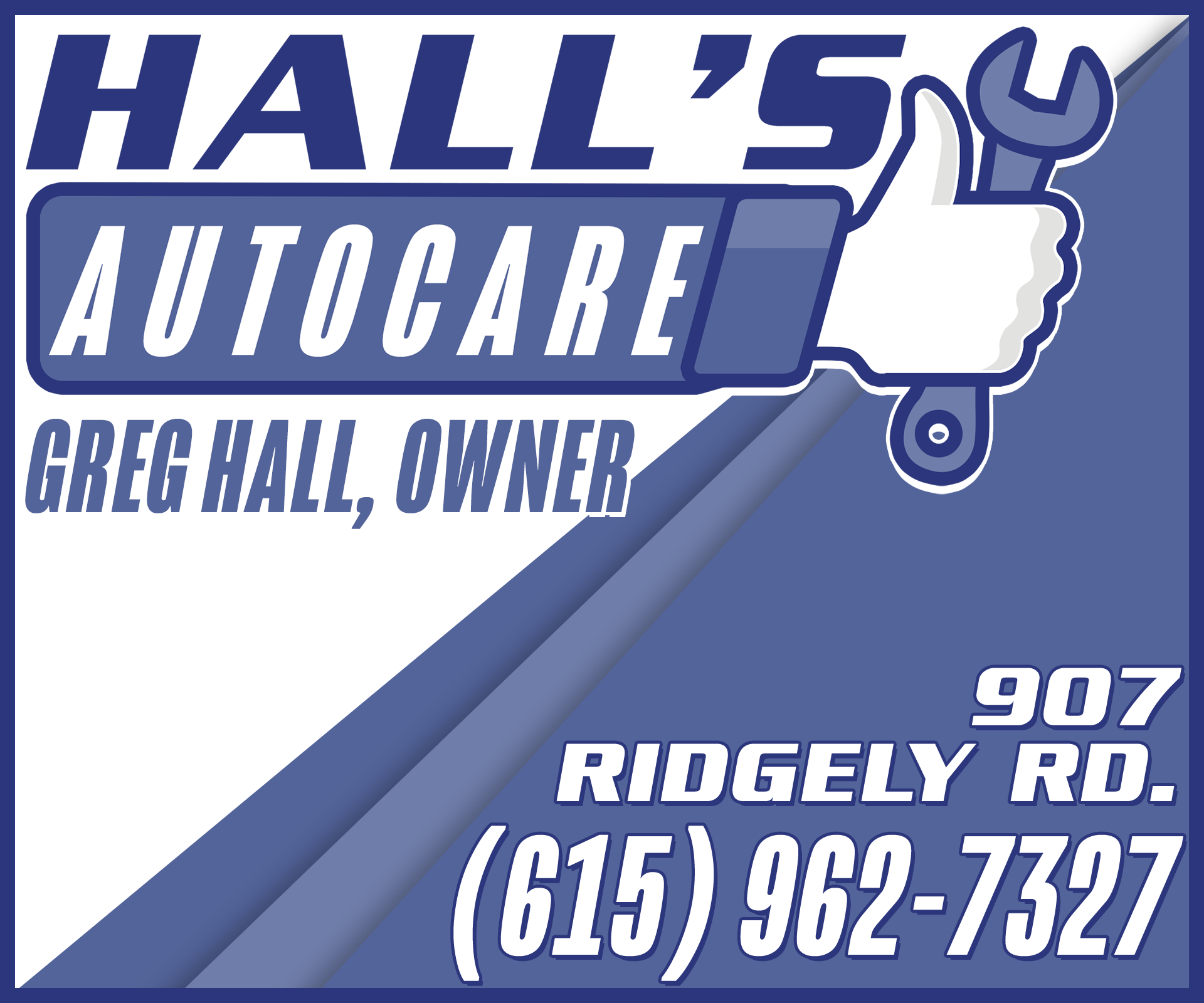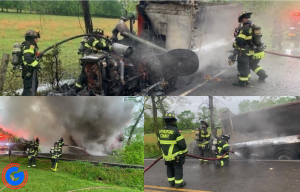Lightning may not seem as destructive as other natural disasters, yet a strike can cause serious damage to business equipment and electrical appliances, disrupt electrical service for long periods of time, and spark wildfires. In 2014, State Farm paid nearly $149 million dollars for insurance claims as a result of damage from lightning strikes.
Top Ten States for Number of Lightning Claims in 2014 (State Farm claims)
| Number of State Farm Lightning Claims in 2014 | Amount Paid by State Farm for
Lightning Claims in 2014
|
|
|
2,571 | $16.3 million |
|
1,353 | $10.9 million |
|
1,327 | $14.1 million |
|
1,307 | $6.5 million |
|
1,265 | $8.0 million |
|
876 | $5.1 million |
|
856 | $7.3 million |
|
830 | $5.6 million |
|
786 | $3.6 million |
|
761 | $3.5 million |
June, July, and August are the times of year when lightning is most frequent. Even though lightning is weather-related and not a preventable event, there are ways to reduce your chance of damage from a power surge or fire. That is why State Farm has joined forces with the Insurance Institute for Business and Home Safety (IBHS) in recognition of Lightning Awareness Week, June 21-27.
"People often underestimate the harm that lightning can cause, but make no mistake - it's a dangerous force to be reckoned with," said Julie Rochman, CEO and president of IBHS. "We encourage both home and business owners to take the necessary precautions to protect their property from the damaging effects of a lightning strike, such as power surges."
Protect yourself
Last year 26 people were killed by lightning according to the National Weather Service. In fact, 85% of lightning victims are children and young men ages 10-35 engaged in recreation or work. To prevent death or injury, the Lightning Protection Institute advises the following:
- Treat lightning with proper caution. If you are outside and a thunderstorm approaches, immediately seek shelter inside a fully enclosed building.
- If a building is not available, take shelter in a car with a metal top and keep doors and windows closed.
- Certain locations are extremely hazardous during thunderstorms. Avoid lakes, beaches or open water; fishing from a boat or dock; and riding on golf carts, farm equipment, motorcycles or bicycles. Never seek shelter under a tree!
- If caught outdoors, try to minimize your risk by going to a place of lower elevation.
- Stay off landline/wired telephones and utilize a cell phone if necessary. In your home, do not stand near open windows, doorways or metal piping. Stay away from the TV, plumbing, sinks, tubs, radiators and stoves. Avoid contact with small electric appliances such as radios, toasters and hairdryers
Protect Your Home or Business
- For protection from lightning strikes in the general area of your home or an externally produced surge, a whole-house surge protector is the best starting point for reducing the risk of damage or a fire.
- Install additional protection for important or expensive electronic equipment. This should include localized surge protection for power cords to the electronic equipment and any telephone and cable/satellite TV lines connecting to the equipment.
- Make sure all equipment is UL-listed and properly labeled.
- Lightning protection systems are designed to protect a structure and provide a specified path to harness and safely ground the super-charged current of the lightning bolt. The system neither attracts nor repels a strike, but receives the strike and routes it harmlessly into the earth, thus discharging the dangerous electrical event. Be sure the lightning protection system is designed and installed in accordance with accepted industry standards.












